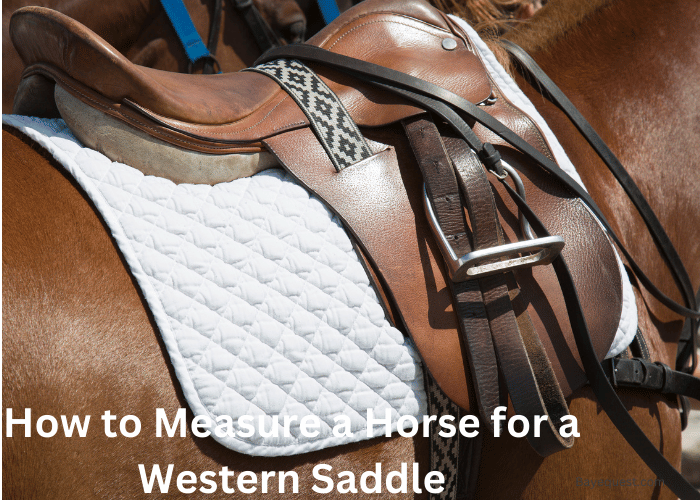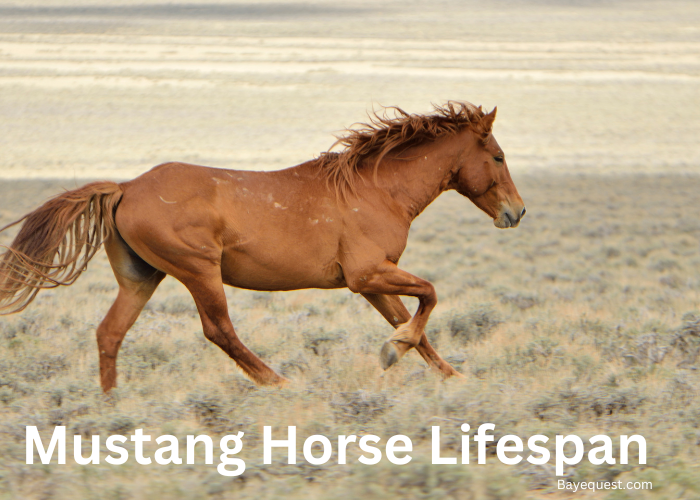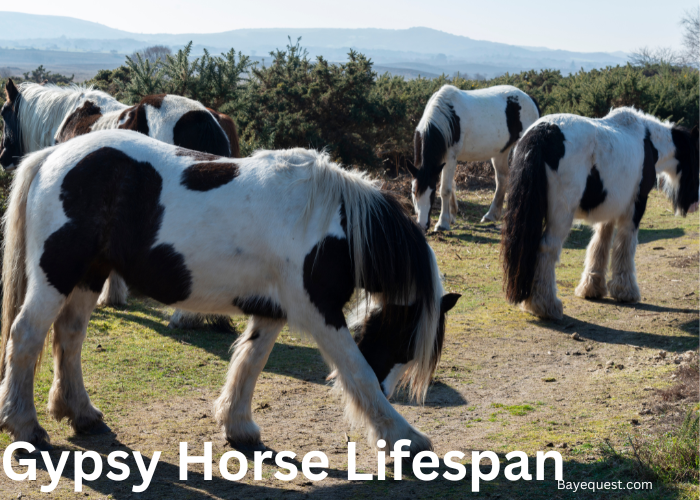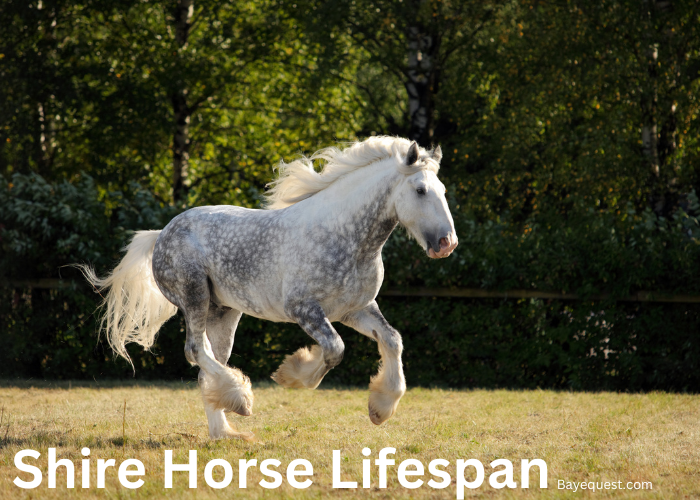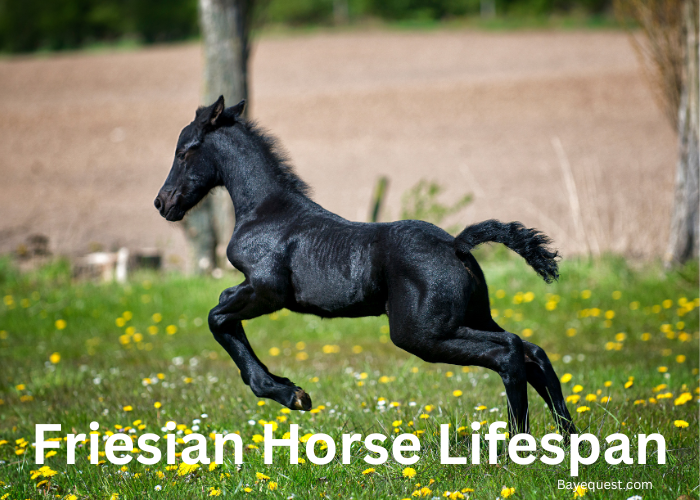Struggling to zip into tight jeans can be frustrating, and that’s exactly how your horse feels with a saddle that doesn’t fit.
Finding the perfect saddle fit goes beyond comfort—it’s essential for your horse’s health and performance.
Whether you’re hitting the trails or competing in the arena, accurate measurements make all the difference.
Grab a measuring tape, and let’s ensure your horse gets a fit so precise, they’ll move with ease and gratitude.
How to Measure a Horse for a Western Saddle: Key Takeaway
To measure a horse for a western saddle, start by locating the withers. Use a soft measuring tape to determine both the width and length, ensuring the saddle avoids pressing on the horse’s hips. Double-check your measurements and test the saddle fit to ensure comfort and improve performance.
Why is a Proper Saddle Fit Important?
A proper saddle fit is key for a couple of big reasons.
First, it keeps your horse comfortable. No one likes a day-long trek with an annoying pinch or rub.
Think about wearing tight shoes on a long walk — ouch, right?
Second, it helps your horse move better. A well-fitting saddle lets them stride freely without any pain.
This means better performance, whether rounding barrels or hitting the trails.
Lastly, it avoids health issues. Bad fits can lead to sore backs, irritated skin, and even longer-term injuries.
Like us, when our gear fits well, we feel good and perform better. So, ensuring your saddle fits just right is a win-win for you and your horse.
How to Measure a Horse for a Western Saddle
Measuring a horse for a western saddle is simpler than you might think. Here’s how to get it right:
First, find the withers. This is the highest part of your horse’s back, right above the shoulders.
Next, grab a soft measuring tape. You’ll measure from one side of the withers to the other. This tells you the width you need.
Then, check the length. Measure from the center of the withers down the back to where the saddle should end. This ensures the saddle won’t press on your horse’s hips.
Remember, every horse is unique. Check these measurements twice to be sure.
Finally, try the saddle on. Watch how your horse moves with it. No pinching or slipping means you’re good to go.
That’s it. Simple steps for a fit that keeps both you and your horse happy on the trail.
How to Measure a Western Saddle
When measuring a western saddle, it’s all about getting the right fit for you and ensuring your horse’s comfort. Let’s take it one step at a time.
Measure the length of the seat
This is where you sit. Measure from the saddle horn straight back to the top of the cantle. This tells you how much room you have to sit comfortably.
Measure the width of the saddle
Grab your tape and measure the widest part of the saddle seat. This width is crucial for rider stability and comfort.
Measure the gullet width
This is the space under the horn, down to where your horse’s withers would be. It needs to be wide enough to avoid pressing on your horse’s spine.
Measure the skirt length
Look at the saddle’s skirt — the part draping over the horse’s sides. Measure from front to back. This is important because the skirt shouldn’t extend beyond your horse’s last rib.
Measure the horn height
Use the tape to measure from the base of the horn to its top. This isn’t just about aesthetics; it affects how you hold on and balance.
Measure the cantle height
Measure from the base where the seat meets the cantle, straight up to the top of the cantle. This height impacts your security in the saddle, especially when riding on rough terrain.
How to Measure a Western Saddle by Age
These measurements will help you find a saddle that fits well:
| Age group | Seat Length | Gullet Width | Cantle Height | Horn Height | Skirt length |
| Youth | 10” – 13” | 5.5” – 6” | 3” – 4” | 2” – 3” | 20” – 24” |
| Teen | 13” – 15” | 6” – 6.5” | 3.5” – 4” | 3” – 3.5” | 24” – 26” |
| Adult | 15” – 17” | 6.5” – 7” | 4” – 5” | 3.5” – 4” | 26” – 28” |
| Senior | 16” – 18” | 7” – 7.5” | 4” – 5” | 3.5” – 4” | 26” – 28” |
Seat length. Adjusts with the rider’s size. Younger or smaller riders need a smaller seat to sit comfortably, while adults and seniors might opt for a larger seat to accommodate a larger frame.
Gullet width. Should increase with age as older riders often ride larger horses.
Cantle height. Remains relatively consistent, offering stability and support.
Horn height. Typically increases slightly with age as the rider’s ability to grip may reduce, requiring a taller horn for better leverage.
Skirt length. Increases slightly with age due to larger saddles being used by older riders.
How to Measure a Western Saddle by Weight
This table can be a starting point for finding a western saddle that suits your weight.
| Rider weight | Seat length | Gullet width | Cantle height | Horn height | Skirt length |
| Up to 100 lbs | 12” – 13” | 5.5” – 6” | 3” – 3.5” | 2” – 3” | 20” – 22” |
| 101-150 lbs | 13” – 15” | 6” – 6.5” | 3.5” – 4” | 3” – 3.5” | 22” – 24” |
| 151-200 lbs | 15” – 17” | 6.5” – 7” | 4” – 4.5” | 3.5” – 4” | 24” – 26” |
| 201-250 lbs | 16” – 18” | 7” – 7.5” | 4.5” – 5” | 3.5” – 4” | 26” – 28” |
| Over 250 lbs | 17” – 18” | 7.5” – 8” | 4.5” – 5” | 4” – 4.5” | 28” – 30” |
How to Choose the Right Saddle Pad
The right saddle pad is crucial because it cushions between the saddle and your horse’s back. Here’s how to pick the perfect saddle pad:
Understand the types
Saddle pads come in various types, each designed for specific needs. Basic types include:
- All-purpose pads. Versatile and suitable for general riding.
- Contoured pads. Designed to fit the natural curve of a horse’s back, good for horses with prominent withers.
- Shock-absorbing pads. Made with materials that absorb impact, ideal for rigorous activities like jumping or roping.
- Corrective pads. These have shims or inserts to help adjust the saddle’s fit for horses with uneven muscle development.
Material matters
The material of the saddle pad affects its function. Options include:
- Fleece or wool: Natural fibers that provide excellent cushioning and breathability.
- Foam or gel: Synthetic options offer superior shock absorption and are easy to clean.
- Cotton: Lightweight and breathable, good for everyday use.
Size and shape
Ensure the pad covers the saddle’s underside completely but isn’t so large that it hangs excessively beyond the edges.
The pad should extend slightly beyond the front and back of the saddle to ensure no part of the saddle directly contacts the horse.
Thickness
The right thickness depends on your horse’s build and the saddle’s fit.
A too-thick pad can make a well-fitting saddle too tight, while a too-thin pad might not offer enough cushioning for a bony horse.
Purpose and activity
Consider what you’ll be doing with your horse. High-impact activities might require more shock absorption, while long trail rides could benefit from more breathable materials.
Check fit regularly
A saddle pad can change how a saddle fits your horse. Always check for signs of discomfort or poor fit when you switch pads.
Look for sweat marks under the pad after riding, indicating good fit and even weight distribution.
Western Saddle Size Options
Choosing the right western saddle seat size is crucial for comfort and safety. Seat sizes range from 10 inches for youth to 18 inches for larger adults.
Measure from the saddle’s horn to the cantle to find the right size. Consider your body size and riding purpose.
Trail riders might prefer more room, while rodeo riders need a snug fit for control.
Always test the saddle by checking the space between you and the horn, and ensure the cantle supports your back comfortably.
A good fit helps maintain balance and control.
Different Types of Western Saddles
The different types of Western saddles are each designed for specific riding needs. Here’s a quick rundown:
Trail saddles. Made for comfort on long rides. They’re lightweight and have extra padding. Perfect for a day out on the trails.
Roping saddles. Built tough to handle the stress of roping cattle. They have a heavy, sturdy frame and a horn you can pull on.
Barrel racing saddles. These are lightweight and snug. They allow riders to move fast and stay secure during sharp turns.
Reining saddles. Designed for flexibility. They help riders make quick changes in direction and speed, which is important for reining competitions.
Cutting saddles. These have a deep seat and a tall horn. They help riders stay in place when a horse makes sudden, sharp movements.
Show saddles. All about looks and comfort. They often have intricate designs and extra features to stand out in the show ring.
Read also: Parts of a Western Saddle.
Signs of a Badly Fitting Saddle
A badly fitting saddle can be a pain for you and your horse. Here’s how to spot one:
Uneven pressure: If the saddle leaves uneven sweat marks on your horse, that’s a sign. It should be even all around.
Movement: Does the saddle slip or slide when you ride? That’s a no-go. It should stay put.
Gaping: Look for gaps between the saddle and your horse’s back. A good fit hugs the contours closely.
Pinching: Watch your horse’s reaction. Flinching or looking uncomfortable when you saddle up? It might be pinching.
Behavior changes: Is your usually calm horse acting up? A bad saddle fit can make them grumpy or resistant.
Visible discomfort: After a ride, check for red marks or sores. These are clear signs the saddle isn’t right.
Common Mistakes Horse Owners Make Regarding Saddle Fit
Even experienced horse owners can slip up when it comes to saddle fit. Here are some common mistakes to watch out for:
Ignoring the signs. If your horse is fussy or uncomfortable, don’t ignore it. These could be signs the saddle doesn’t fit right.
One size fits all. Just because a saddle fits one horse doesn’t mean it will fit another. Each horse’s back is different.
Skipping regular checks. Horses change shape based on their diet, age, and exercise. Check the saddle fit regularly, not just once.
Forgetting the front. A lot of folks focus on the saddle’s back end. Make sure it’s not pinching near the shoulders, too.
Overlooking the pad. Using the wrong saddle pad can mess up even a good fit. Make sure your pad complements your saddle.
Settling for close enough. “Almost fits” isn’t good enough. A bad fit can lead to serious issues over time.
How to Use Saddle Pad Shims
Using saddle pad shims can help fix minor fit issues between your horse and the saddle. Here’s how to do it right:
Identify the problem areas. First, figure out where the saddle isn’t fitting well. Is it too loose at the front or too tight at the back?
Choose the right type of shim. Pick shims that match your need. There are different types for lifting the saddle at the front, back, or middle.
Place the shims correctly. Insert the shims into the pad pockets. Make sure they are positioned to address the specific problem areas you identified.
Check the fit. Put the saddle on with the shimmed pad. The saddle should sit evenly without tipping forward or backward.
Regularly inspect and adjust. Keep an eye on the fit. As your horse’s shape changes with training or age, you might need to adjust or change the shims.
How Do I Maintain a Western Saddle?
Maintaining a western saddle is key to ensuring it lasts and stays comfortable for you and your horse. Here’s how to keep it in top shape:
Start by cleaning it regularly. After each ride, use a damp cloth to wipe down the leather to remove dirt and sweat.
Give it a deeper clean every few weeks with a saddle soap designed for leather. This helps prevent grime buildup and keeps the leather soft and supple.
Conditioning the leather is just as important. After cleaning, apply a good leather conditioner.
This step helps prevent the leather from drying out and cracking. It’s especially crucial in dry or cold climates where leather loses moisture faster.
Remember to check the saddle’s fittings and hardware. Look over the stirrups, buckles, and straps for signs of wear or damage.
Tighten any loose parts and replace anything that looks like it might break. Catching these issues during maintenance is much safer than having something snap while riding.
Finally, store your saddle properly. Keep it in a cool, dry place out of direct sunlight.
Use a saddle stand to help maintain its shape. Avoid piling other gear on top of it, as this can deform the leather and padding over time.
Following these simple steps will keep your western saddle in great condition, ensuring many comfortable rides for years.
Is the Type or Style of the Cinch Important?
Yes, the type or style of the cinch matters when it comes to your horse’s comfort and the stability of your saddle.
Think of the cinch as the belt that keeps your saddle in place. If it’s not right, nothing feels secure.
There are a few different types of cinches to consider. The most common materials are neoprene, fleece, and mohair.
Neoprene is easy to clean and good for non-slip performance, but it doesn’t breathe as well as the others.
Fleece is soft and great for sensitive skin, while mohair is durable, breathable, and adjusts well to your horse’s shape.
The style of the cinch can also impact your ride. Straight cinches are simple and effective for most riders.
However, you might want a roper cinch if you’re doing a lot of maneuvering, like barrel racing or trail riding. These are wider and distribute pressure more evenly around the horse’s belly.
Choosing the right cinch improves saddle fit and comfort for your horse, reducing the risk of sores and irritation.
Finding the right one that suits your riding style and your horse’s needs is worth it.
Questions to Ask When Choosing a Western Saddle?
When choosing a western saddle, asking the right questions can help you find the perfect fit for you and your horse.
Here’s a list of essential questions to guide your selection process:
What is the saddle’s purpose? Is it for roping, trail riding, barrel racing, or another specific activity?
What size seat do I need? How do I measure for the correct seat size for my body?
What type of tree is in the saddle? Is it suitable for my horse’s breed and back shape?
How does the gullet width match my horse’s withers? Is it wide enough to avoid pinching but not so wide that it lacks support?
What material is the saddle made from? Leather or synthetic, and what are the pros and cons of each?
How much does the saddle weigh? Can I comfortably lift and position it on my horse?
What is the condition of the saddle if it’s used? Are there signs of wear or damage?
Can I return or exchange the saddle if it doesn’t fit? What is the return policy?
How should the saddle be maintained? What specific care does it require to remain in good condition?
What is the total cost? Does it include fittings like stirrups, cinches, and a saddle pad?
Conclusion
And there you have it. Measuring your horse for a western saddle doesn’t have to be a rodeo.
With a tape measure and some know-how, you’re all set to ensure your rides are smooth and your horse is happy. Remember, the right fit makes all the difference—no ifs, ands, or buts.
So grab that tape, get measuring, and confidently hit the trails.




